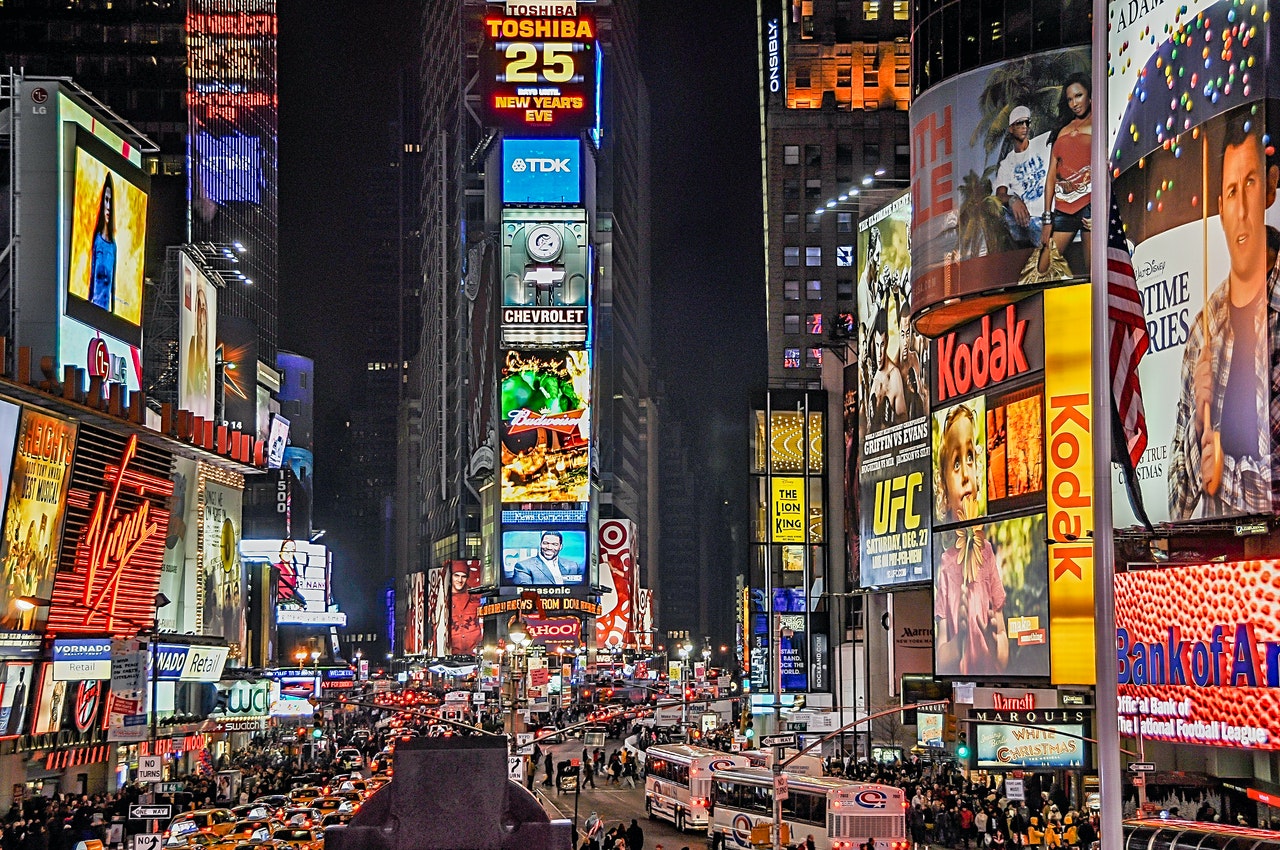When it comes to marketing, the first thing that comes to most people’s minds is probably ads for products. It’s not surprising considering the sheer number of commercials around. There’s an ad for perfume, food, phones and more at the bus stop, websites, and games. Basically, everywhere you look you’ll find a poster or a screen telling you to buy something. But marketing isn’t limited to selling products, it can also be used to promote a place or even a person’s brand. It may sound far-fetched, but they may have more in common than you think.
Here are the similarities of marketing a location and a person’s brand:
1. Fantasy
People buy a product in hopes that it would make their lives easier or better in some way. Branding agencies create campaigns to convince people that products like wireless earphones and chicken sandwiches will make them happier. The same principle applies to places and even people.
Take Cinque Terre for example. The name may not be instantly recognizable for most people but the images certainly are. Pastel-colored houses lining the crystal waters of the Italian Riviera instantly bring about a feeling of indulgence and relaxation. The sweet life or la dolce vita in Italian, if you will.
On the other hand, the same concept can apply for another Italian brand. Chiara Ferragni, one of the most bloggers around the world, has taken the fashion world by storm. She has amassed millions of followers and Euros by building her brand of unique looks and fun colors. Ferragni credits her success to being a self-made woman which she says is not common in her home country. A glimpse through her social media accounts creates an impression of a fun, family-focused, and beautiful person. Her followers can live vicariously through her with just her photos.

2. Consistency
It would be difficult to convince anyone to buy something if it doesn’t have a consistent image. For example, a chicken burger that is marketed as crunchy and spicy. The problem is that it looks soggy and dry on photos. If it doesn’t look like it will fulfill its promise on the pictures, how can people be convinced to buy it in the first place?
This is something that marketing teams of places and people understand. An example is the Korean tourism campaign for the past few years. Korean tourism organizations have chosen K-pop stars like EXO and BTS as well as actors like Lee Min Ho and Song Joong Ki to urge visitors to the country. It rides the popularity of Korean music and dramas. The food, locations, and experiences featured in TV shows and songs are shown in the ads. You’ll feel like you’re in your own K-drama or K-pop song when you visit Seoul.
Trends show that consumers see traditional ads, like those in TV and print, as less credible compared to influencers, according to a study by a Harvard Business School graduate. This is because makeup gurus are believable because they’re consistent. They’ll show that they make mistakes and how they use different products to cover up blemishes.
3. Targeting
For any campaign to work, it has to have a target audience. If not, it wouldn’t have any direction, no specific hook to get people interested. Take a look at a campaign by Spain’s Canary Islands in 2019. It was targeted to residents of the UK, Norway, and other European nations that get limited hours of sunlight. This is also something that influencers and bloggers practice. They promote brands that are consistent and apt for their audience. Fashion bloggers feature clothing and accessories brands while lifestyle influencers show off exercise gear. They understand that people follow them for their niche.
Marketing has become more and more complicated over the years, but the main principle has remained the same. The goal is to catch people’s attention, get them interested, and convince them to buy.
